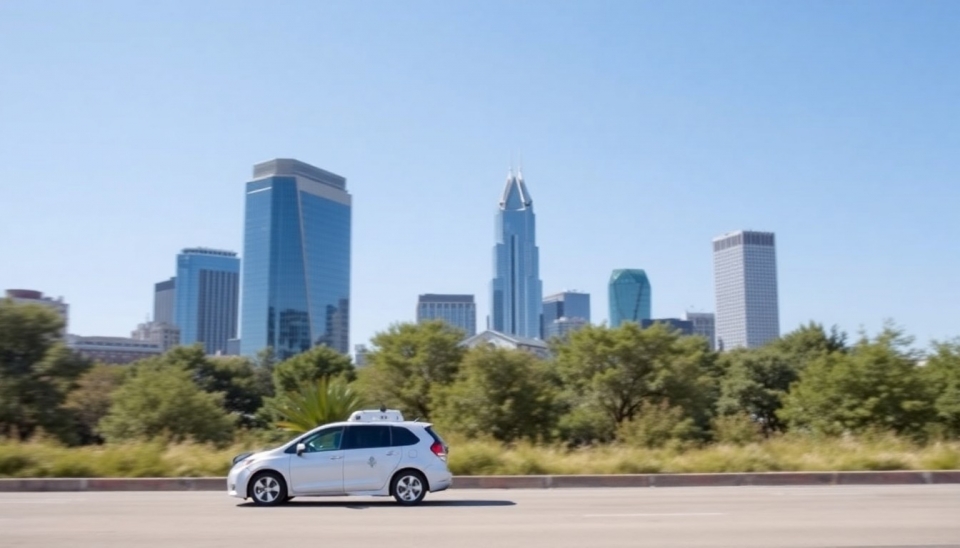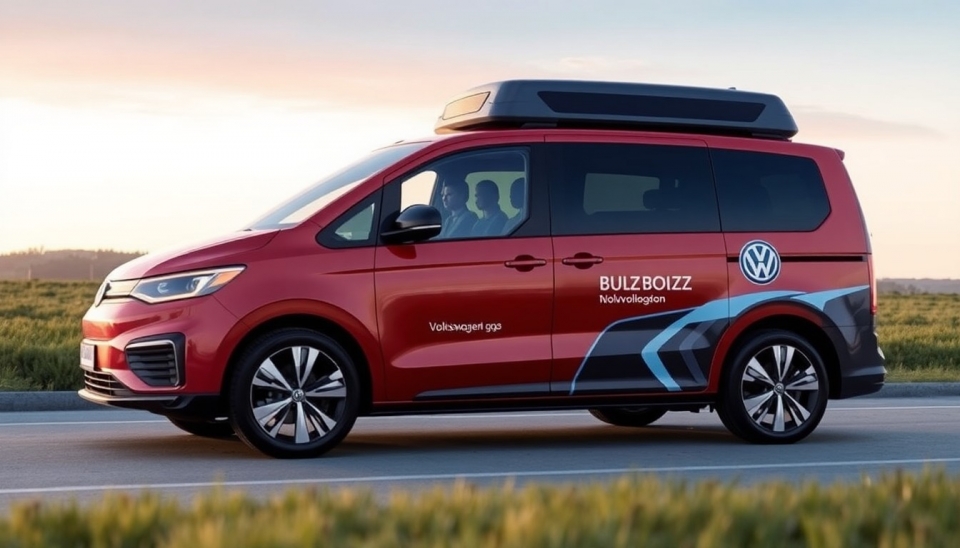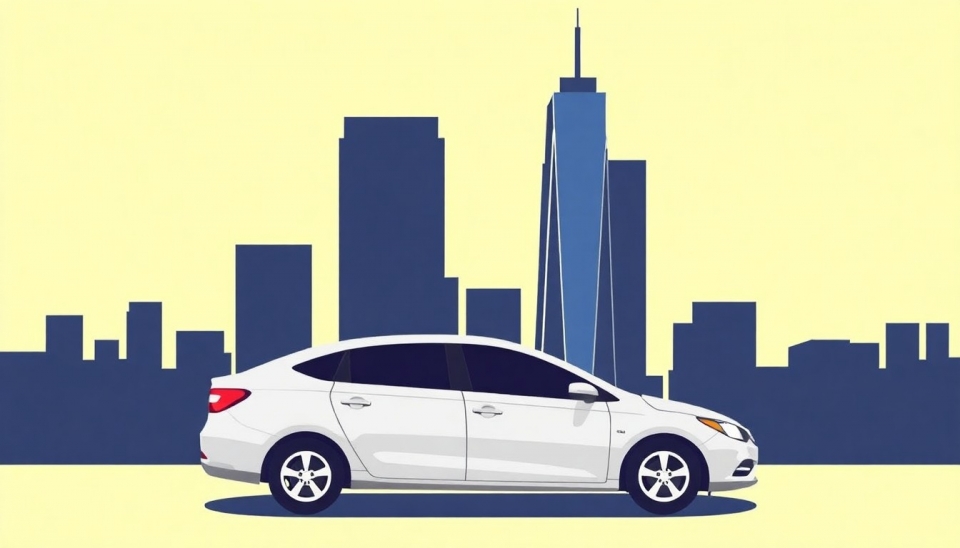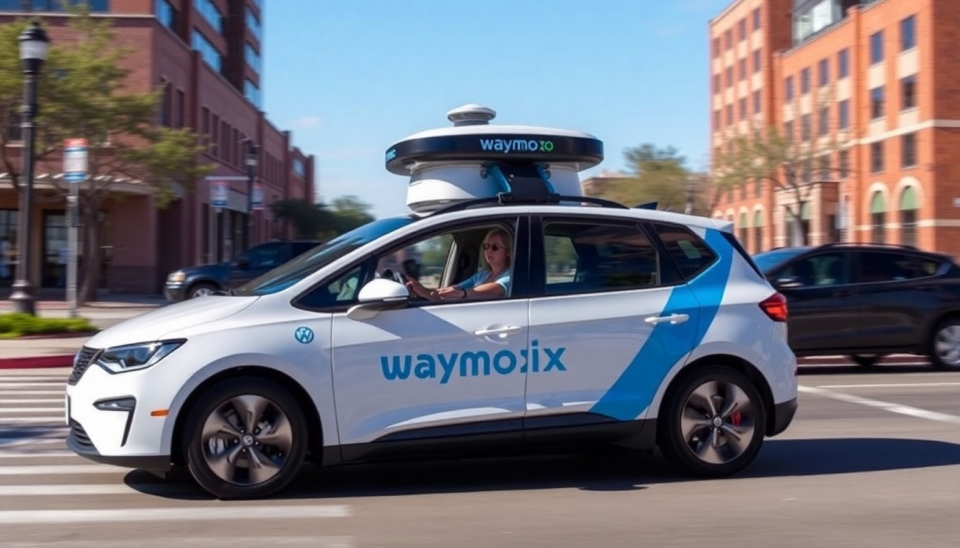
In a groundbreaking development in the realm of autonomous transportation, Uber has officially partnered with Waymo to launch a driverless ride-hailing service in Austin, Texas. This ambitious move marks a significant milestone in the ongoing evolution of rideshare technology, reflecting the increasing feasibility and acceptance of self-driving vehicles in urban environments.
The new service offers residents of Austin a chance to experience the convenience of on-demand rides without the need for a human driver. Passengers can now use the Uber app to hail a fully automated Waymo vehicle, built upon cutting-edge autonomous driving technology. This collaboration between the two industry giants illustrates not only their commitment to innovation but also aims to reshape the future of urban mobility.
Users in Austin will be able to access the driverless service within designated areas of the city, allowing for secure and efficient transportation options. This initiative is partly a response to the increasing demand for safe and efficient commuting solutions, especially as urban populations continue to grow. Both Uber and Waymo have invested significant resources into perfecting the technology that powers these autonomous vehicles, ensuring a smooth and reliable ride experience for users.
Waymo, a subsidiary of Alphabet Inc., is recognized for its extensive work in autonomous driving technology and has been a pioneer in the field. Uber, which has fundamentally changed how people move around cities since its inception, seeks to harness Waymo’s advanced driving systems to enhance its own service offerings in Austin. This collaboration is expected to yield technical advancements that could revolutionize the ridesharing landscape as we know it.
As the deployment of this driverless service unfolds, Uber and Waymo are committed to prioritizing safety. The technology is designed to navigate complex urban environments, accommodating the various obstacles and challenges that come with city driving. Both companies have assured that stringent road testing protocols and regulatory compliance will be followed to maintain high safety standards for passengers and pedestrians alike.
The launch of this service comes at a time when the concept of autonomous vehicles is receiving heightened scrutiny and interest from regulators, tech enthusiasts, and the general public. As such, it will be crucial for Uber and Waymo to continuously engage with the community and provide transparency regarding the safety, reliability, and capabilities of their driverless cars.
This innovative step could also have broader implications for transportation policies and urban planning. As more cities recognize the potential benefits of driverless technologies, there could be increased discussions around infrastructure adaptation, smart city investments, and sustainable transport solutions that prioritize efficiency and reduce traffic congestion.
The anticipation surrounding the service is palpable, as residents and tech experts alike await its impact. The successful implementation of autonomous ridesharing could validate the investments and trials conducted by Waymo and Uber within this sector and could lead to further opportunities for expansion, not only in Texas but across various metropolitan areas in the United States.
In summary, the partnership between Uber and Waymo to launch a driverless ride-hailing service in Austin signifies a pivotal moment in the evolution of transportation. As technology continues to advance and integrate into everyday life, the combination of ridesharing and autonomy is set to redefine urban mobility for years to come.
#Uber #Waymo #DriverlessCars #Austin #RideHailing #AutonomousVehicles #UrbanMobility #Innovation
Author: Emily Collins




